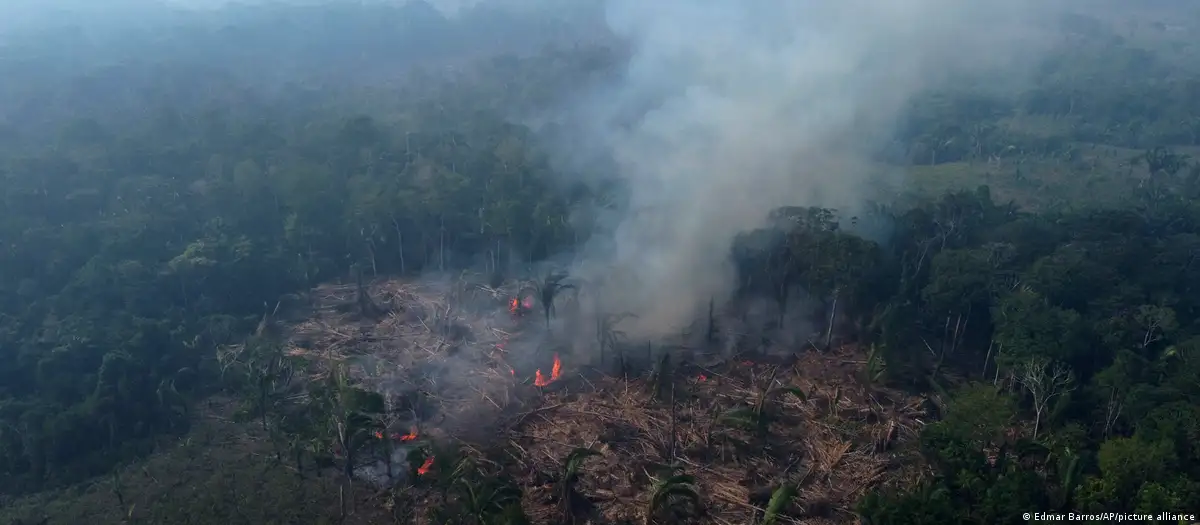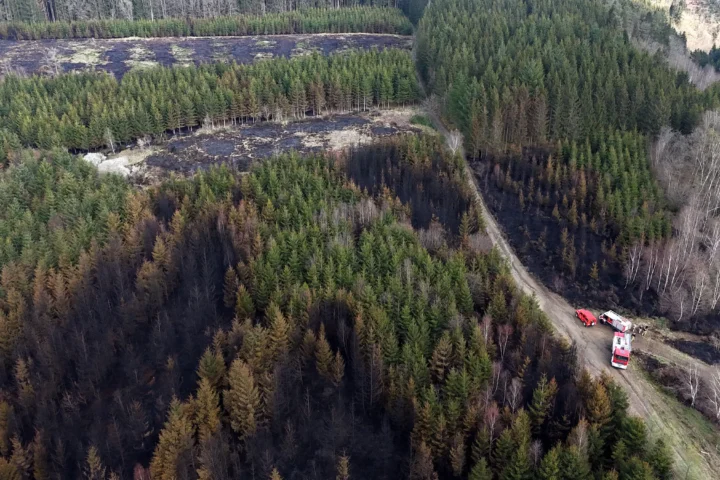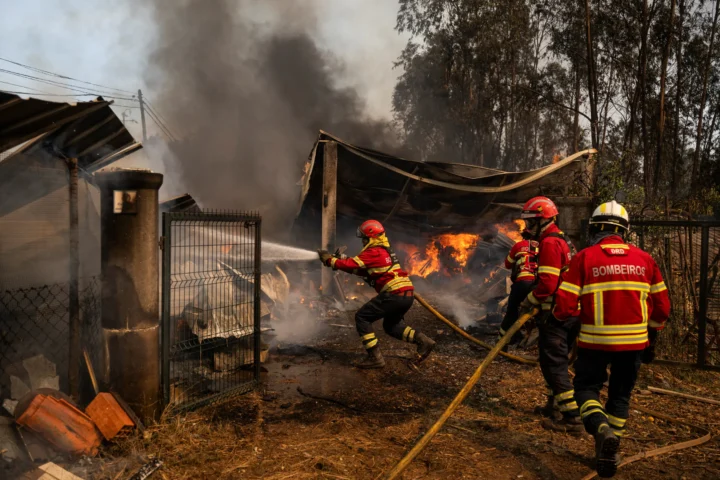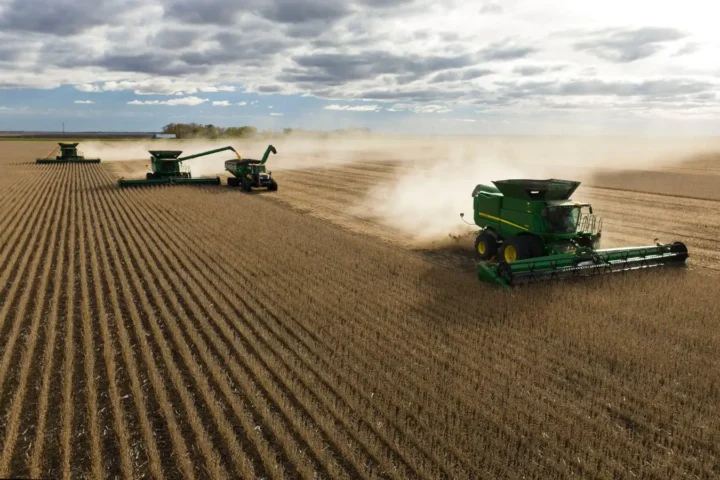Climate change has caused parts of the Amazon to become drier and more prone to fires. Meanwhile, the Pantanal wetland is facing the worst drought in more than 70 years.
The Amazon and other ecosystems in Brazil saw a record number of wildfires in the first six months of 2024, according to report on Monday.
According to data from Brazil’s National Institute for Space Research, the Amazon saw 13,489 wildfires in the first half of the year — up more than 61% compared to the same period last year.
Only the years 2003 and 2004 saw more fires in the first six months since records began in 1998.
Meanwhile, 3,538 wildfires were recorded in the vast Pantanal wetlands, making it the worst six months ever recorded and representing an increase of more than 2000% compared to last year.
Another 13,229 wildfires recorded in the Cerrado, one of the world’s major savanna regions.
What’s behind the rise in wildfires?
Experts and state officials have attributed the number of wildfires in the Amazon and other regions to climate change.
Romulo Batista, a spokesperson of the Brazilian branch of Greenpeace, said the Amazon is under stress due to a lack of rain.
“The environment is drier, and thus vegetation is more dried out and more vulnerable to fires,” he said.
In the Pantanal — a large wetland home to jaguars, caimans and giant otters — government officials said there was a serious drought.
“The Pantanal is facing the worst drought in 70 years, exacerbated by climate change and one of the strongest El Ninos in history,” Brazil’s Environmental Ministry said.








